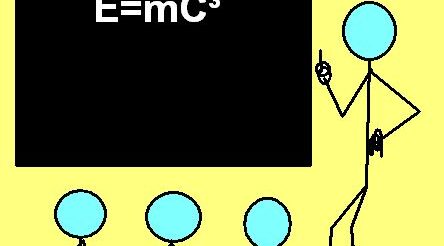R&D blues: Don’t blame educators for flagging innovation

Teschler on Topic
Leland Teschler, Executive Editor
[email protected]
On Twitter @ DW_LeeTeschler
Two recent data points seem to reinforce the idea that the American education system is falling behind that of other nations. The first comes from R&D World’s Global Funding Forecast which recently predicted that, for the first time, China will out-spend the U.S. in R&D investments this year.
The second data point is from the Bloomberg Innovation Index. It ranked South Korea in first place when it comes to cutting-edge  work, while the U.S. dropped out of the top 10. Bloomberg compiles its list using factors you might expect, They include money spent on R&D, manufacturing value-added per capita, the number of high-tech firms, and patents granted. But a large portion of the rankings are based on educational elements such as the percent of high schoolers who go on to college, the percent of the labor force with a college or trade school degree, and the number of science and engineering graduates both as a percent of the labor force and as a percent of total college and trade school graduates.
work, while the U.S. dropped out of the top 10. Bloomberg compiles its list using factors you might expect, They include money spent on R&D, manufacturing value-added per capita, the number of high-tech firms, and patents granted. But a large portion of the rankings are based on educational elements such as the percent of high schoolers who go on to college, the percent of the labor force with a college or trade school degree, and the number of science and engineering graduates both as a percent of the labor force and as a percent of total college and trade school graduates.
When the U.S. comes up short in international measures of science and technology, the typical course of action is to blame the usual suspects: schools and educators. There has long been hyperventilation over the performance of U.S. students compared to their international counterparts. The metric many critics point to is the Programme for International Student Assessment (PISA). U.S. students don’t do well in PISA. In the 2019 version, 30 countries scored higher than the U.S. in math. The U.S. also came in eighth in reading and eleventh in science.
This sort of performance elicits a lot of hand wringing about U.S. education. “Critics tend to talk about how we are being ‘left behind’ by other countries, drawing links between educational data and the overall economic health of the nation,” says Fredrik deBoer, writer and academic with a PhD from Purdue. “These arguments …seem to assume some period in America’s history when our students were doing well compared to their international peers. In fact, as long as we’ve had rigorous comparisons among countries….America has performed rather dismally.”
deBoer refers to work by sociologist David E. Drew at the Claremont Graduate University who has studied international test scores back through the 1960s. Drew reports that in 1965, the Association for the Evaluation of Educational Achievement had students from 12 countries solve 70 problems. Among math students, the top scoring countries were Israel, England, Belgium, and France. U.S. students placed last. The results were similar in 1982 when twelfth-graders were assessed on number systems, sets and relations, algebra, geometry, elementary functions and calculus, and probability and statistics. Hong Kong students scored best, Japan was second, and the U.S. ranked last among advanced industrial countries.
The bigger point, says deBoer, is that the U.S. managed to put men on the moon, win the cold war, create PC and Internet revolutions, and win numerous Nobel Prizes, all with high school students who didn’t do well on international tests.
All in all, there are plenty of reasons not to freak out over less than stellar U.S. test scores. And perhaps the same could be said about innovation rankings that use educational metrics as part of their yardstick. DW
